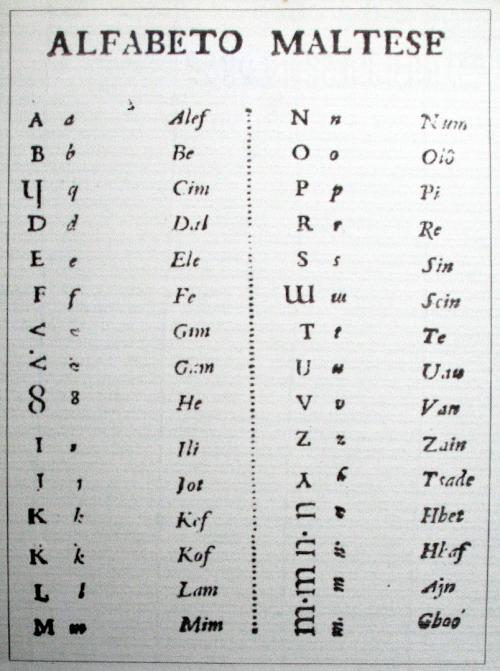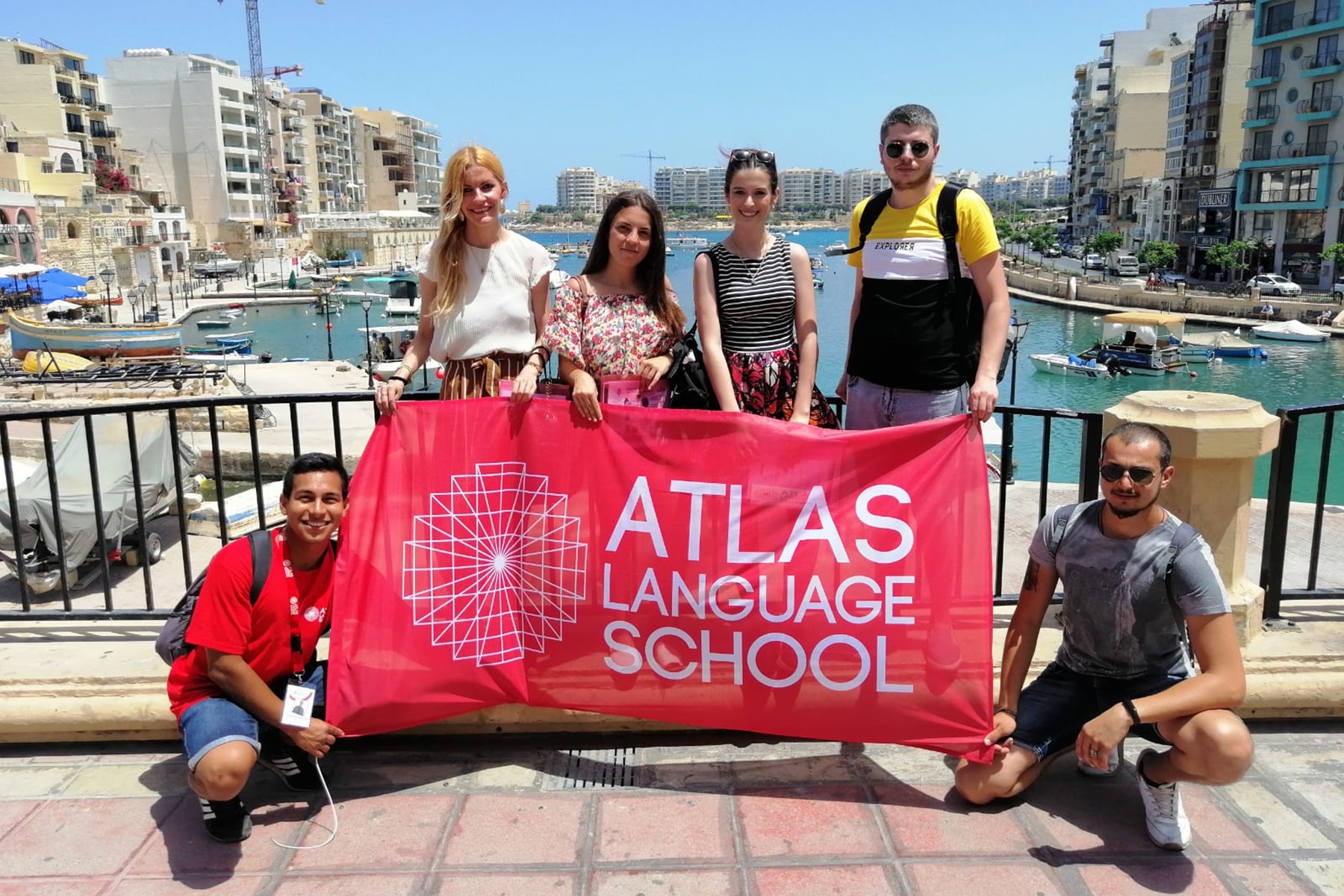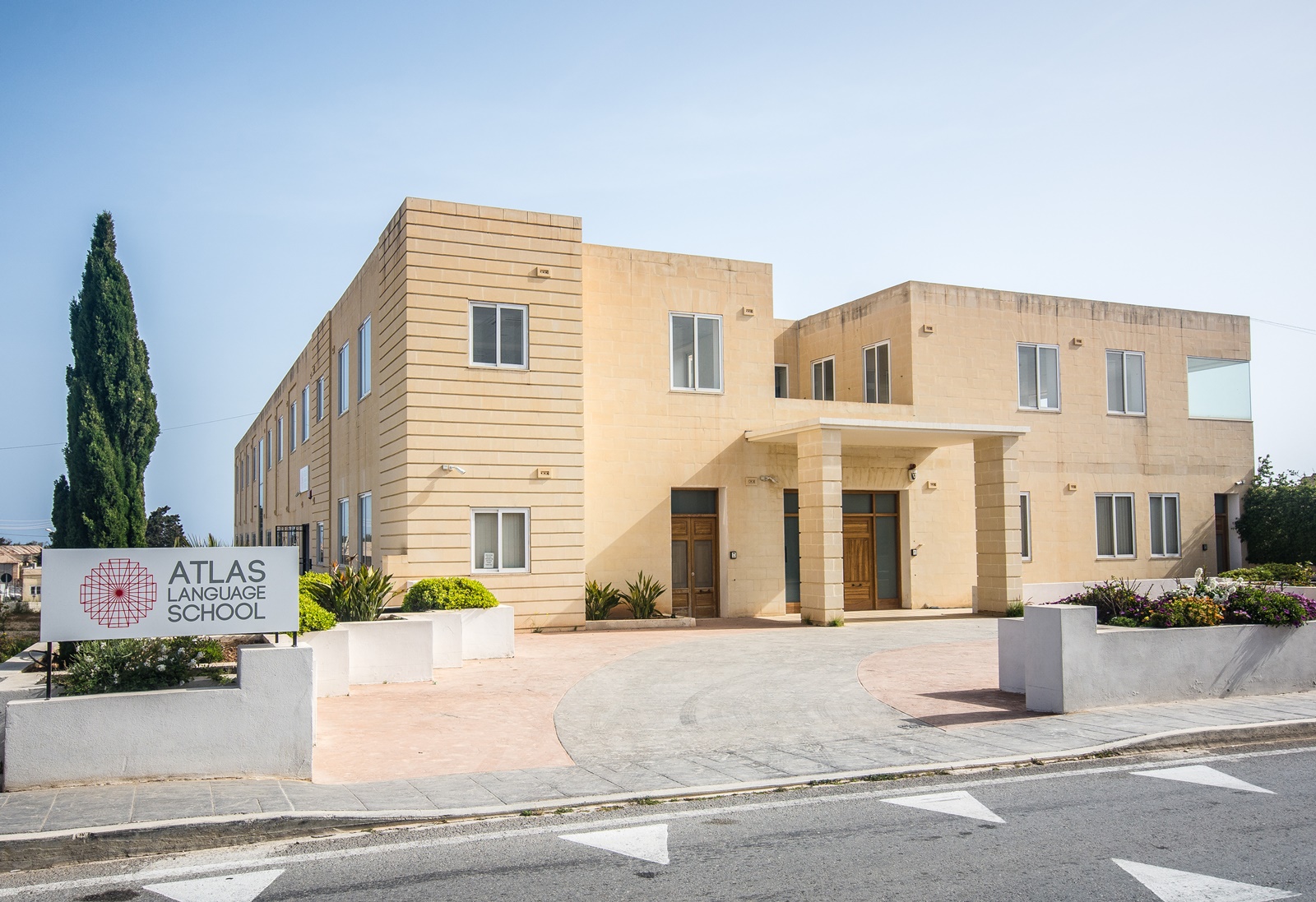Malta: What Language Do They Speak?
Malta, a small yet fascinating archipelago in the heart of the Mediterranean, is known for its rich history, diverse culture, and unique linguistic landscape. If you're wondering, "What language do they speak in Malta?" you're not alone. Many travelers and language enthusiasts are curious about the official languages of this enchanting island nation.
Malta's linguistic heritage is deeply intertwined with its historical influences. Over the centuries, the Maltese Islands have been ruled by various civilizations, including the Phoenicians, Romans, Arabs, Normans, Knights of St. John, French, and British. Each of these rulers has left an indelible mark on the Maltese language and culture, making it one of the most linguistically diverse countries in Europe.
Understanding the languages spoken in Malta is essential for anyone planning to visit, study, or work in this vibrant nation. In this article, we'll delve into the official languages of Malta, explore their origins, and uncover the cultural significance of the Maltese language. Whether you're a language enthusiast, a traveler, or simply curious about Malta's linguistic landscape, this guide will provide you with all the information you need.
Read also:Discover The Charm Of Thyme Square Cafe Quincy Il A Hidden Gem For Food Lovers
Table of Contents
- Official Languages of Malta
- The Maltese Language: Origins and Evolution
- The Role of English in Malta
- Language Diversity in Malta
- Historical Linguistic Influences
- Language in Malta's Education System
- Tourism and Language in Malta
- Interesting Facts About the Maltese Language
- Tips for Learning the Maltese Language
- Conclusion: Embrace the Linguistic Richness of Malta
Official Languages of Malta
Malta recognizes two official languages: Maltese and English. Both languages are widely used in daily life, government, education, and media. The Maltese language holds a special place in the country's cultural identity, while English serves as a practical tool for international communication.
According to the European Commission, Maltese is the only Semitic language among the official languages of the European Union. This distinction highlights the unique linguistic heritage of the Maltese people.
Why Are There Two Official Languages?
The dual official language policy reflects Malta's historical ties with various cultures and empires. The Maltese language, derived from Siculo-Arabic, is a testament to the island's Arab influence during the Middle Ages. Meanwhile, English became an integral part of Maltese society during the British colonial period, which lasted from 1800 to 1964.
The Maltese Language: Origins and Evolution
The Maltese language, known locally as "Malti," is the national language of Malta and a key element of the country's cultural identity. It is a Semitic language that evolved from Siculo-Arabic, brought to the islands by Arab settlers in the 9th century.
Over time, Maltese has absorbed numerous loanwords from Italian, Sicilian, Norman French, and English. This linguistic fusion has created a unique language that reflects Malta's rich history and diverse cultural influences.
Key Features of the Maltese Language
- Maltese uses the Latin alphabet with additional letters such as 'Ċ', 'Ġ', and 'Ż'.
- It has a Semitic grammatical structure but incorporates many Romance and English vocabulary words.
- Maltese is spoken by approximately 520,000 people, primarily in Malta and Gozo.
The Role of English in Malta
English plays a crucial role in Malta's modern society. It is widely used in business, education, media, and tourism. Many Maltese citizens are bilingual or even trilingual, speaking both Maltese and English fluently. This linguistic proficiency has contributed to Malta's reputation as a global hub for education and tourism.
Read also:Unveiling The Heart Of Newark A Comprehensive Guide To 25 Lafayette St Newark Nj 07102 United States
According to a report by the EF English Proficiency Index, Malta ranks among the top countries in Europe for English proficiency. This high level of English fluency makes Malta an attractive destination for international students and professionals.
English in Malta's Economy
English serves as a bridge for Malta's growing economy. The country's thriving sectors, such as finance, gaming, and digital technology, rely heavily on English for global communication. Additionally, English is the primary language used in Malta's booming tourism industry, ensuring that visitors from around the world feel welcome and understood.
Language Diversity in Malta
While Maltese and English dominate the linguistic landscape, Malta is also home to a growing number of foreign residents and expatriates. This has led to an increase in language diversity, with Italian, French, Arabic, and other languages being spoken in various communities across the islands.
Malta's multicultural environment fosters linguistic inclusivity and mutual respect. Many Maltese citizens embrace the opportunity to learn new languages, further enriching the country's cultural tapestry.
Subheading: Multiculturalism and Language
The presence of diverse linguistic communities in Malta reflects the country's commitment to multiculturalism. Schools and community organizations often offer language courses to help newcomers integrate into Maltese society while preserving their cultural heritage.
Historical Linguistic Influences
Malta's linguistic evolution has been shaped by its strategic location at the crossroads of the Mediterranean. Over the centuries, the islands have been influenced by various civilizations, each contributing to the development of the Maltese language.
The Arab influence during the 9th to 13th centuries laid the foundation for the Maltese language's Semitic roots. Later, the Norman and Sicilian rulers introduced Romance vocabulary, while the Knights of St. John and British colonizers added French and English elements.
How Historical Influences Shaped Maltese
- Arabic: Contributed to the core vocabulary and grammatical structure of Maltese.
- Italian: Added numerous loanwords and influenced the language's phonetics.
- English: Provided modern vocabulary and technical terms.
Language in Malta's Education System
Language education in Malta emphasizes bilingualism, with students learning both Maltese and English from an early age. This dual-language approach prepares students for success in both local and international contexts.
Schools in Malta offer a wide range of subjects in both languages, ensuring that students develop strong communication skills. Additionally, many schools provide opportunities for students to learn additional languages, such as Italian, French, or German.
Challenges and Opportunities in Language Education
While bilingual education has many benefits, it also presents challenges. Teachers must balance the use of both languages in the classroom to ensure that students achieve proficiency in both Maltese and English. However, this challenge is outweighed by the opportunities it creates for students to thrive in a globalized world.
Tourism and Language in Malta
Tourism is a vital component of Malta's economy, attracting millions of visitors each year. The country's linguistic diversity plays a key role in enhancing the tourist experience, with many locals fluent in multiple languages.
Hotels, restaurants, and tourist attractions often employ staff who speak several languages, ensuring that visitors feel comfortable and well-served. This linguistic hospitality has helped Malta establish itself as one of the most welcoming destinations in the Mediterranean.
Language Tips for Tourists
- Learn a few basic Maltese phrases to show appreciation for the local culture.
- English is widely understood, so don't hesitate to communicate in it if needed.
- Be open to learning about Malta's linguistic heritage during your visit.
Interesting Facts About the Maltese Language
The Maltese language is full of fascinating features that make it unique among the world's languages. Here are some interesting facts:
- Maltese is the only Semitic language written in the Latin alphabet.
- It has one of the highest rates of loanwords from other languages, with over 50% of its vocabulary derived from Italian, English, and French.
- The Maltese alphabet consists of 30 letters, including unique characters like 'Ħ' and 'Ż'.
Tips for Learning the Maltese Language
If you're interested in learning the Maltese language, here are some practical tips to get you started:
- Start with basic vocabulary and common phrases.
- Use language learning apps or online resources to practice regularly.
- Engage with native speakers through language exchange programs or social media.
Learning Maltese can be a rewarding experience, offering insights into the country's rich history and vibrant culture. While it may take time and effort, the sense of accomplishment is well worth it.
Conclusion: Embrace the Linguistic Richness of Malta
In conclusion, Malta's linguistic landscape is a testament to its rich history and cultural diversity. The official languages of Maltese and English coexist harmoniously, providing a unique blend of tradition and modernity. Whether you're planning to visit, study, or work in Malta, understanding the country's languages will enhance your experience and appreciation of its heritage.
We invite you to explore Malta's linguistic treasures further by engaging with the local culture, learning a few Maltese phrases, or sharing this article with fellow language enthusiasts. Together, let's celebrate the beauty of linguistic diversity and the power of communication across cultures.
Feel free to leave your thoughts or questions in the comments section below. And don't forget to explore other articles on our website for more insights into Malta's fascinating world!


